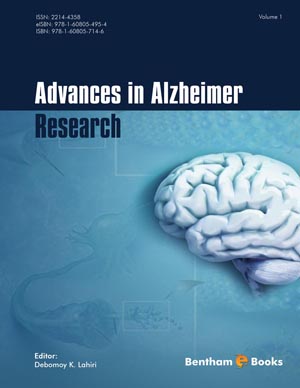Abstract
The amyloid cascade hypothesis is a well known hypothesis describing the pathogenesis of Alzheimer’s disease (AD). Based on this hypothesis, many dugs, which contribute to the inhibition of amyloid β-protein (Aβ) generation and aggregation, or to the enhancement of extracellular Aβ removal, are currently under clinical trials. Intracellular Aβ may be even more important than extracellular Aβ, since intraneuronal Aβ accumulation commonly precedes extracellular Aβ deposition in several familial AD-related mutant presenilin 1-transgenic mice. Various pathogenic mechanisms involving intracellular Aβ such as mitochondrial toxicity, proteasome impairment and synaptic damage have been suggested. In addition, we have reported that intracellular Aβ42 accumulation may enhance p53-related apoptosis. Thus, we searched for a novel drug that promotes degradation of intracellular Aβ, and have recently found apomorphine (APO). In addition, APO treatment improved memory function and AD pathology in an AD mouse model, 3xTg-AD, proving to become a promising cure for AD. In this article, the pathogenicity of intracellular Aβ and potential of APO for the therapeutics in AD are reviewed.
Keywords: Amyloid beta-protein, intracellular, degradation and apomorphine.






















